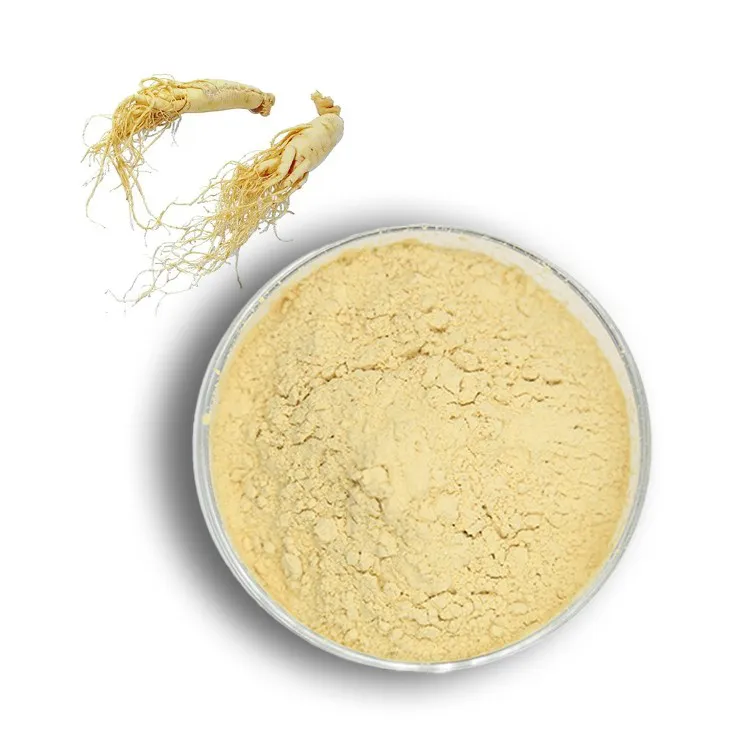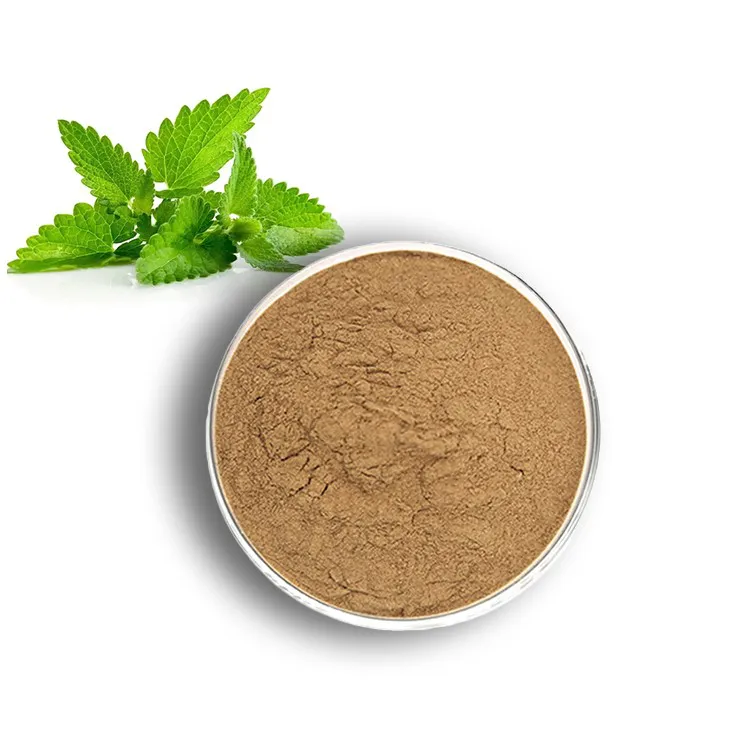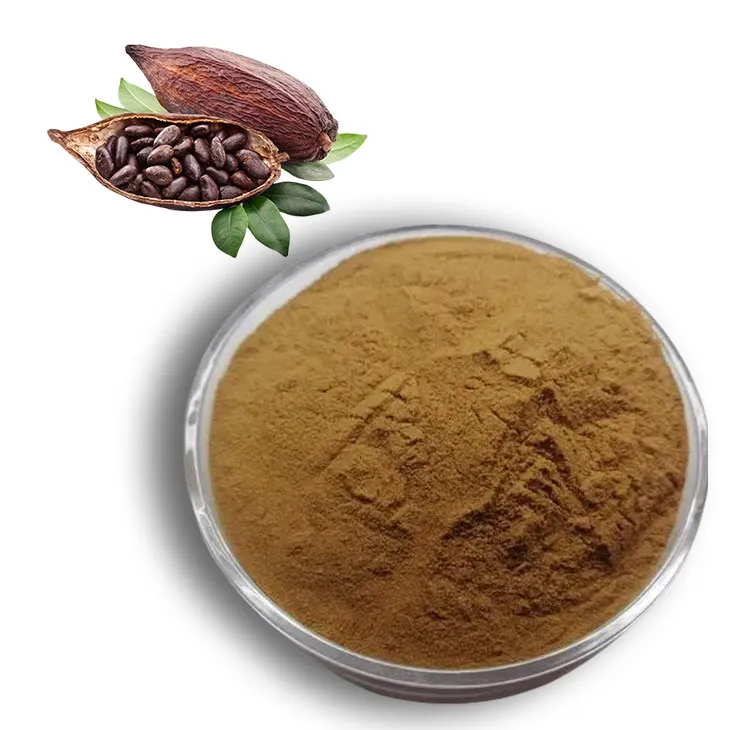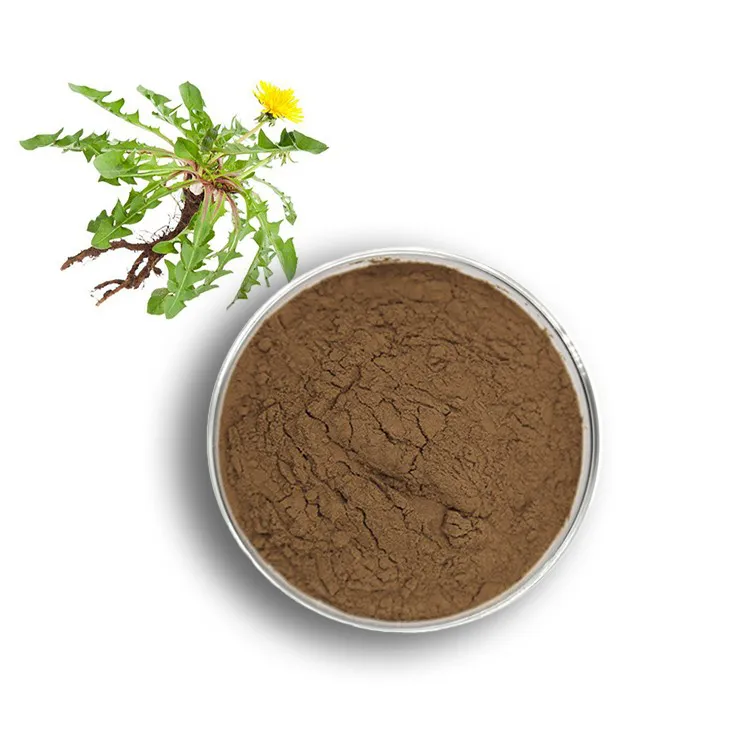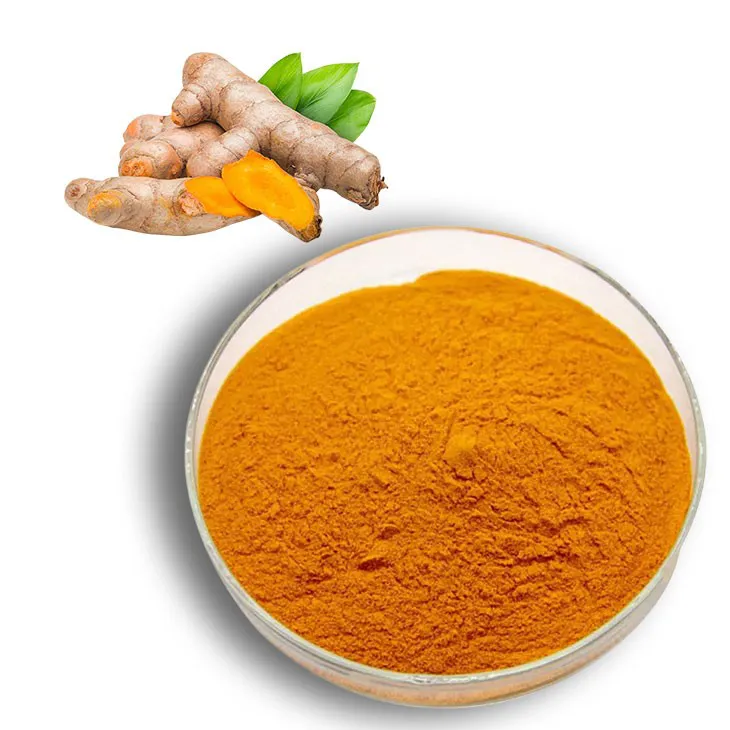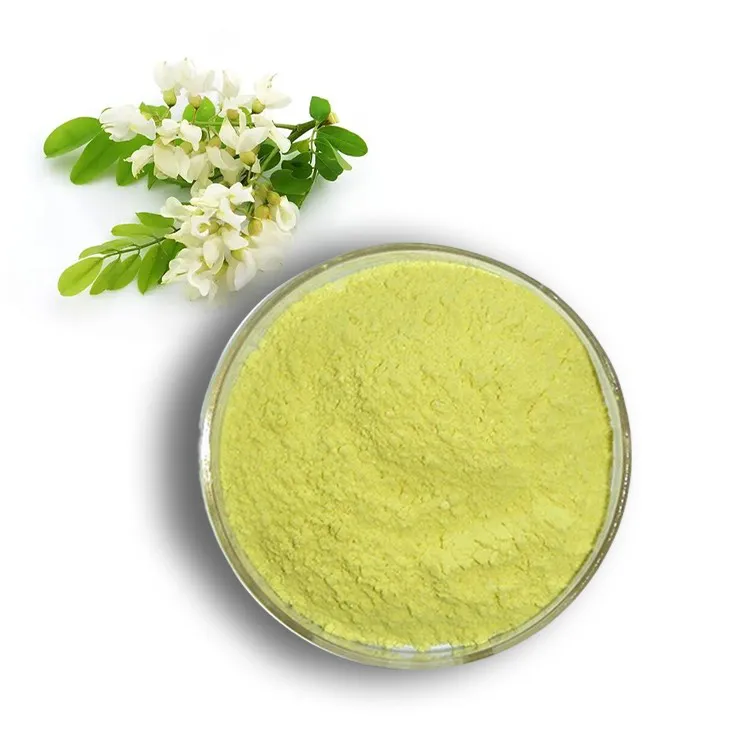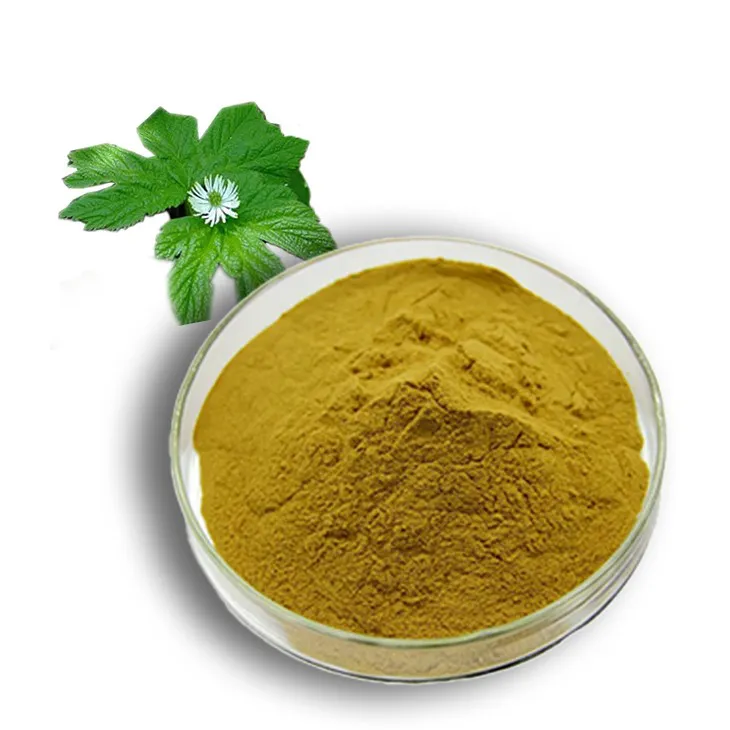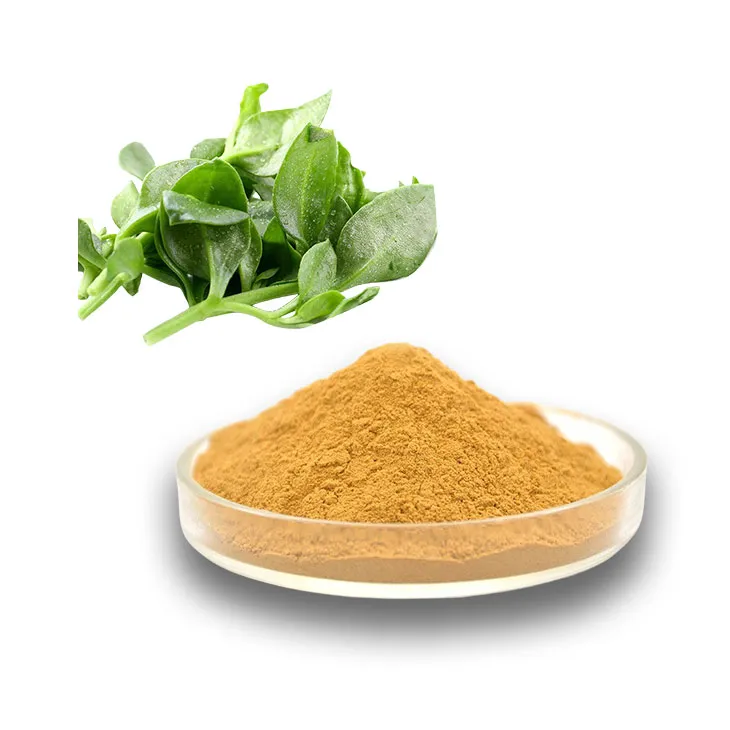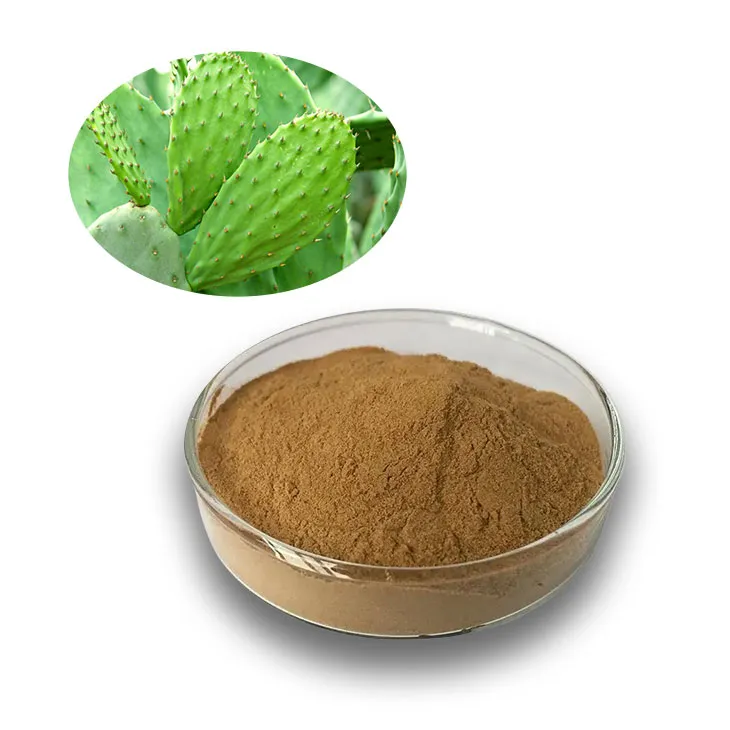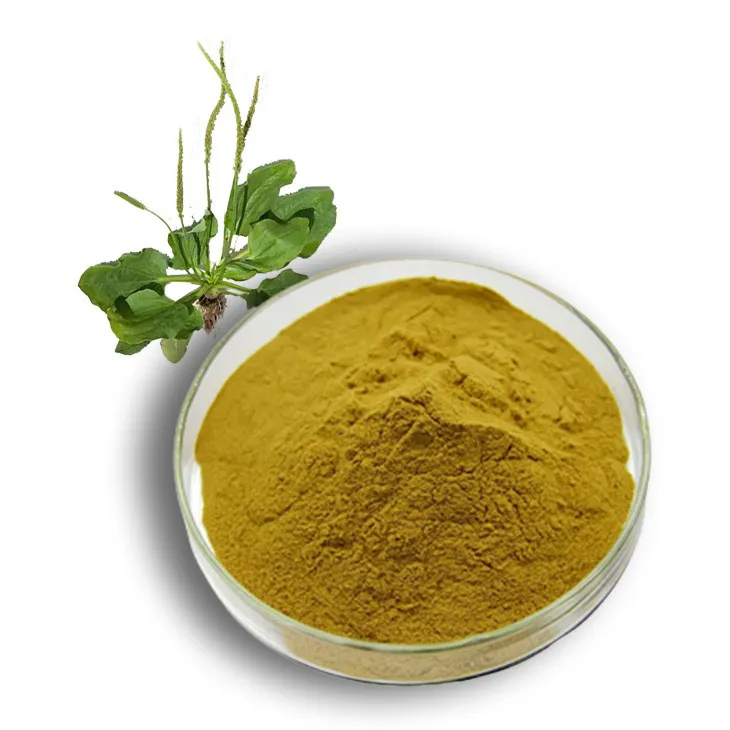- 0086-571-85302990
- sales@greenskybio.com
what sugar can be extracted from plants?
2023-09-27
1. Types of Sugars Found in Plants
1. Types of Sugars Found in Plants
Sugars are essential components of plants, playing crucial roles in their growth, development, and energy storage. They are also vital for human nutrition and have been used for thousands of years as a sweetener and energy source. There are several types of sugars that can be extracted from plants, each with unique properties and applications. Here, we explore the main types of sugars found in plants:
Monosaccharides
Monosaccharides are the simplest form of sugars and cannot be hydrolyzed further into simpler sugars. They are the building blocks for more complex carbohydrates. The most common monosaccharides found in plants include:
- Glucose: A primary energy source for living organisms, glucose is often produced by plants during photosynthesis.
- Fructose: Commonly found in fruits and some root vegetables, fructose is sweeter than glucose and is often used in the production of high-fructose corn syrup.
- Galactose: Found in milk and dairy products, galactose is a component of lactose, the sugar found in milk.
Disaccharides
Disaccharides are formed by the condensation of two monosaccharide molecules. They are common in plants and are often the first step in the breakdown of complex carbohydrates. The primary disaccharides found in plants are:
- Sucrose: A compound of glucose and fructose, sucrose is the most common sugar in plants and is the primary form of sugar transported in the phloem.
- Lactose: A disaccharide composed of glucose and galactose, lactose is unique to mammals and is found in milk.
Polysaccharides
Polysaccharides are complex carbohydrates composed of long chains of monosaccharide units. They serve various functions in plants, including structural support and energy storage. Some of the key polysaccharides found in plants are:
- Starch: A storage form of glucose in plants, starch is composed of amylose and amylopectin and is a major component of many staple foods like potatoes, corn, and wheat.
- Cellulose: The primary structural component of plant cell walls, cellulose is a linear polymer of glucose and is indigestible to humans.
- Pectin: Found in the cell walls and intercellular layers of plants, pectin is a complex polysaccharide that contributes to the texture of fruits and is used in food production for its gelling properties.
Oligosaccharides
Oligosaccharides are short chains of monosaccharides, typically containing between 3 to 10 sugar units. They are less common than monosaccharides and polysaccharides but have specific functions and applications. Examples include:
- Raffinose: A trisaccharide composed of galactose, fructose, and glucose, raffinose is found in many plants and has been studied for its potential health benefits.
- Xyloglucan: A component of the plant cell wall, xyloglucan is a polysaccharide that helps to cross-link cellulose microfibrils.
Other Sugars
In addition to the above, there are other types of sugars and sugar derivatives that can be found in plants, such as:
- Sugar alcohols: Also known as polyols, these are sugar substitutes that have fewer calories and a lower glycemic index than regular sugars. Examples include xylitol, sorbitol, and erythritol.
- Sugar acids: These are the oxidized forms of sugars and have applications in various industries, including food and pharmaceuticals.
Each type of sugar has unique properties that make them suitable for different applications. Understanding the variety of sugars found in plants is essential for their effective utilization in food production, pharmaceuticals, and other industries.
2. Extraction Methods for Plant Sugars
2. Extraction Methods for Plant Sugars
The extraction of sugar from plants is a complex process that varies depending on the type of plant and the specific sugar being extracted. Here, we explore some of the common methods used to extract sugars from plants:
2.1 Traditional Extraction Methods
Traditional methods of sugar extraction have been used for centuries and typically involve the following steps:
- Harvesting: The plant material, such as sugarcane or sugar beet, is harvested at the appropriate time to maximize sugar content.
- Crush and Press: The harvested material is crushed to release the juice, which contains the sugar.
- Clarification: The juice is treated with lime or other clarifying agents to remove impurities.
- Evaporation: The clarified juice is then evaporated to thicken it into a syrup.
- Crystallization: The syrup is cooled to allow the sugar to crystallize out of the solution.
- Centrifugation: The crystallized sugar is separated from the remaining liquid using centrifuges.
2.2 Modern Industrial Processes
Modern industrial sugar extraction has evolved to increase efficiency and yield:
- Chemical Clarification: Chemicals such as carbon dioxide and sulfur dioxide are used to remove impurities from the juice.
- High-Pressure Processing: This technique uses high pressure to break down plant cell walls, releasing more sugar.
- Enzymatic Hydrolysis: Enzymes are used to break down complex carbohydrates into simpler sugars, increasing the overall sugar yield.
2.3 Extraction of Non-traditional Plant Sugars
For non-traditional sugars, such as fructose from fruits or xylitol from hardwood, specialized extraction methods are employed:
- Fermentation: Some sugars are extracted through fermentation processes, where yeast or bacteria convert plant sugars into other types of sugars or alcohols.
- Distillation: In some cases, the sugar is extracted by distilling the plant material to separate the sugar from other components.
- Fractional Crystallization: This method is used to separate different types of sugars based on their crystallization properties.
2.4 Environmental Considerations
The extraction process must also consider environmental impacts:
- Water Use: The amount of water used in the extraction process can be significant, and efforts are made to recycle and reuse water where possible.
- Waste Management: Byproducts of sugar extraction, such as bagasse from sugarcane, can be used for energy production or other industrial applications to reduce waste.
2.5 Innovations in Extraction Technology
Technological advancements are continuously improving the efficiency and sustainability of sugar extraction:
- Membrane Filtration: This technique uses semipermeable membranes to separate sugar molecules from impurities, reducing the need for chemicals.
- Bioprocessing: The use of biological systems to extract sugars can be more sustainable and may offer new ways to access sugars from a wider range of plant sources.
Understanding these extraction methods is crucial for optimizing the process and ensuring that plant-derived sugars can be produced in a way that is both economically viable and environmentally sustainable. As the demand for plant-based sugars grows, so too does the need for innovative and efficient extraction techniques.
3. Applications of Plant-Derived Sugars
3. Applications of Plant-Derived Sugars
Plant-derived sugars have a wide range of applications across various industries due to their diverse properties and versatility. Here are some of the key applications of sugars extracted from plants:
1. Food and Beverage Industry:
- Sweeteners: Plant sugars are used as natural sweeteners in a variety of food products, including beverages, candies, and baked goods.
- Fermentation: They serve as a substrate for fermentation processes to produce alcoholic beverages, such as beer and wine, and for the production of biofuels like ethanol.
2. Pharmaceutical Industry:
- Drug Formulation: Plant sugars are used in the formulation of various pharmaceuticals, including tablets and syrups, due to their solubility and stabilizing properties.
- Sweetening Agents: They are used to sweeten medications that may have a bitter taste, improving patient compliance.
3. Cosmetics and Personal Care:
- Moisturizing Agents: Plant sugars have humectant properties, making them ideal for use in skin care products to retain moisture.
- Exfoliants: Some plant sugars, like sugar crystals, are used as gentle exfoliants in body scrubs and facial cleansers.
4. Agriculture:
- Plant Growth Regulators: Certain plant sugars can act as growth regulators in agriculture, influencing plant development and yield.
5. Textile Industry:
- Dye Fixatives: Plant sugars can be used in the textile industry to improve the colorfastness of dyes on fabrics.
6. Paper and Pulp Industry:
- Sizing Agents: Plant sugars are used as sizing agents to improve the strength and durability of paper products.
7. Biochemical Research:
- Substrates for Enzyme Reactions: Plant sugars are used in biochemical research as substrates for various enzyme-catalyzed reactions, aiding in the study of metabolic pathways.
8. Energy Production:
- Biofuels: Plant sugars can be converted into biofuels, such as bioethanol, offering a renewable energy source.
9. Chemical Industry:
- Raw Materials: Plant sugars serve as raw materials for the production of various chemicals, including organic acids, alcohols, and esters.
10. Environmental Remediation:
- Biosorption Agents: Plant sugars can be used in the removal of heavy metals and other pollutants from wastewater.
The applications of plant-derived sugars are extensive and continue to grow as new uses are discovered and developed. As the demand for sustainable and eco-friendly products increases, the role of plant-derived sugars in various industries is expected to expand further.
4. Environmental Impact of Plant Sugar Extraction
4. Environmental Impact of Plant Sugar Extraction
The extraction of sugar from plants has both positive and negative environmental impacts. As the demand for sustainable and eco-friendly products increases, the focus on plant-derived sugars has grown. Here, we discuss the various aspects of the environmental impact of plant sugar extraction.
Sustainability and Renewable Resources
One of the key benefits of plant sugar extraction is that it utilizes renewable resources. Unlike fossil fuels, which are finite, plants can be grown and harvested repeatedly. This makes the process of extracting sugar from plants more sustainable in the long run.
Biodiversity and Ecosystem Health
Plant sugar extraction can have a positive impact on biodiversity if it encourages the cultivation of a variety of plant species. However, monoculture farming practices, which are sometimes used for sugar crops like sugarcane and sugar beets, can lead to a reduction in biodiversity and affect the health of ecosystems.
Water Usage
The extraction process can be water-intensive, particularly for crops that require significant irrigation, such as sugarcane. This can lead to water scarcity issues in regions where water resources are already limited.
Soil Degradation
Intensive farming practices associated with some sugar crops can lead to soil degradation, including erosion, loss of fertility, and contamination with agrochemicals. Sustainable farming methods are necessary to mitigate these issues.
Greenhouse Gas Emissions
The cultivation and processing of sugar crops can contribute to greenhouse gas emissions. For example, the burning of sugarcane fields to prepare for harvest releases carbon dioxide into the atmosphere. However, advancements in technology and practices, such as mechanical harvesting, can help reduce these emissions.
Waste Management
The by-products of sugar extraction, such as bagasse from sugarcane, can be used for energy production, reducing the need for fossil fuels. However, improper disposal of waste materials can lead to environmental pollution.
Impact on Indigenous Communities
In some regions, the expansion of sugar plantations has led to the displacement of indigenous communities and the loss of their traditional lands, which can have significant social and environmental consequences.
Regulatory and Ethical Considerations
Governments and international organizations are increasingly implementing regulations to ensure that plant sugar extraction is carried out in an environmentally responsible manner. Ethical considerations also play a role, with a focus on fair labor practices and the rights of local communities.
In conclusion, while plant sugar extraction offers a renewable alternative to traditional sugar sources, it is not without its environmental challenges. It is essential to adopt sustainable practices and technologies to minimize the negative impacts and maximize the benefits of using plant-derived sugars.
5. Future Prospects of Plant Sugars
5. Future Prospects of Plant Sugars
The future of plant-derived sugars looks promising, with a growing demand for sustainable and eco-friendly alternatives to traditional sugar sources. As the world becomes more aware of the environmental and health impacts of sugar production, the focus on plant-based sugars is likely to intensify. Here are some of the future prospects for plant sugars:
1. Increased Research and Development: There is a continuous need for research to identify new plant sources of sugar and to improve extraction methods. This includes exploring lesser-known plants and developing more efficient and sustainable processes.
2. Technological Advancements: Innovations in biotechnology and genetic engineering could lead to the creation of plants with higher sugar content or easier extraction processes. This could make plant-derived sugars more competitive in the market.
3. Sustainability Initiatives: As part of global sustainability efforts, there will likely be more initiatives to support the use of plant-derived sugars. This could include government subsidies, tax incentives, and support for research and development.
4. Diversification of Applications: The range of applications for plant-derived sugars is expected to expand beyond traditional uses in food and beverages. They could be used in pharmaceuticals, cosmetics, and other industries, opening up new markets.
5. Consumer Awareness and Demand: With increasing consumer awareness about health and environmental issues, there is a growing demand for natural, organic, and sustainable products. This trend is expected to drive the demand for plant-derived sugars.
6. Circular Economy Integration: The integration of plant sugar extraction into a circular economy model could enhance the sustainability of the process. This involves reusing waste products from sugar extraction for other purposes, such as biofuels or fertilizers.
7. Regulatory Support: Governments may implement policies that favor the use of plant-derived sugars over traditional sugar sources due to their environmental benefits. This could include stricter regulations on sugar production and its environmental impact.
8. Investment in Infrastructure: To support the growth of the plant sugar industry, there will be a need for investment in infrastructure, such as processing plants and distribution networks.
9. Global Market Expansion: As the awareness of plant-derived sugars grows, there is potential for these products to penetrate new markets around the world, particularly in regions with a strong focus on sustainability and health.
10. Education and Outreach: Efforts to educate consumers and industry stakeholders about the benefits of plant-derived sugars will be crucial to their widespread adoption.
In conclusion, the future of plant-derived sugars is bright, with numerous opportunities for growth and innovation. As the world moves towards more sustainable practices, plant sugars are poised to play a significant role in meeting the global demand for sweeteners while minimizing environmental impact.
6. Conclusion
6. Conclusion
In conclusion, the extraction of sugar from plants is a multifaceted process with a rich history and a promising future. The diversity of plant-derived sugars, including sucrose, fructose, glucose, and others, offers a wide range of applications in food, pharmaceuticals, and industrial processes. The methods of extraction, from traditional pressing and boiling to modern enzymatic and chromatographic techniques, have evolved to become more efficient and sustainable.
The applications of plant-derived sugars extend beyond mere sweetness, with roles in fermentation, texture modification, and even as a source of energy in various industries. Moreover, the environmental impact of sugar extraction from plants has been a topic of concern, with efforts being made to reduce waste, conserve resources, and adopt greener technologies.
As we look to the future, the prospects for plant sugars are optimistic. With increasing global demand for sustainable and renewable resources, the role of plant sugars in the bioeconomy is set to expand. Innovations in genetic engineering, synthetic biology, and other cutting-edge fields are likely to further enhance the efficiency and versatility of plant sugar extraction and utilization.
Ultimately, the exploration and development of plant sugars underscore the intricate relationship between humans and the natural world. As we continue to innovate and adapt, it is crucial to do so with a mindful approach to sustainability and environmental stewardship. The future of plant sugars holds great potential, not only for meeting our needs but also for contributing to a healthier planet for generations to come.
- ▶ Hesperidin
- ▶ citrus bioflavonoids
- ▶ plant extract
- ▶ lycopene
- ▶ Diosmin
- ▶ Grape seed extract
- ▶ Sea buckthorn Juice Powder
- ▶ Beetroot powder
- ▶ Hops Extract
- ▶ Artichoke Extract
- ▶ Reishi mushroom extract
- ▶ Astaxanthin
- ▶ Green Tea Extract
- ▶ Curcumin Extract
- ▶ Horse Chestnut Extract
- ▶ Other Problems
- ▶ Boswellia Serrata Extract
- ▶ Resveratrol Extract
- ▶ Marigold Extract
- ▶ Grape Leaf Extract
- ▶ blog3
- ▶ Aminolevulinic acid
- ▶ Cranberry Extract
- ▶ Red Yeast Rice
- ▶ Red Wine Extract
-
Ginseng Root Extract
2023-09-27
-
Lemon Balm Extract
2023-09-27
-
Cocoa Extract
2023-09-27
-
Dandelion Root Extract
2023-09-27
-
Curcuma Longa Extract/Turmeric extract
2023-09-27
-
Troxerutin
2023-09-27
-
Golden Seal Extract
2023-09-27
-
Andrographis Paniculata Extract Powder
2023-09-27
-
Cactus Extract
2023-09-27
-
Plantain extract
2023-09-27











